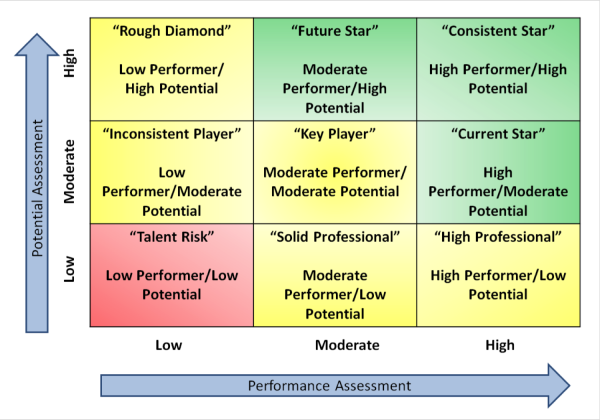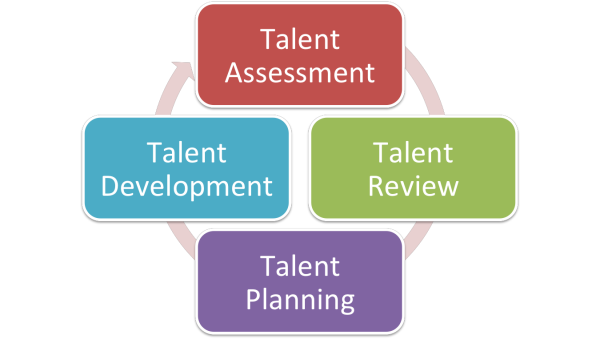PERFORMANCE MANAGEMENT
Virtual Performance Management: Lessons from Yahoo's Telecommuting Ban
The cyber revolt against Marissa Mayer’s telecommuting ban has been fast and furious. “Aren’t flexible working relationships, flip flops and free lunch the mainstay perks of tech companies?!” netizens shouted. While Yahoo bucking the work from home trend has largely been voted a fail across the web – even Richard Branson weighed in on his blog – this action brings to the forefront some absolutely huge employee performance management issues that must be addressed by leaders managing a virtual workforce. Management Gone Too Far? Although many branded the move as retro (not in a good way), Mayer likely believed that this decision was essential for moving Yahoo’s culture forward and is being employed as only one of many reinvention strategies. While we are certainly not privy to all of the internal justifications, a Yahoo source informed All Things D (the original recipient of the leaked HR memo) that in certain cases the arrangements were allowing for lackluster performance and a focus on side projects at the expense of real work. Further, the official HR note blames working from home for sub par “speed and quality”, while insisting that physical presence in the office will enhance “communication and collaboration”, and “decisions and insights”. These are certainly very realistic performance expectations for any organization. The problem is that this is a bandage solution and is unlikely to address the root of what is likely a leadership issue. I have some questions: Has Yahoo HR conducted research (as the Google People Analytics team does with PiLab) showing that telecommuting is a driver of the factors mentioned in the HR communication? Is there evidence that office staff are more productive than telecommuters? Have they drilled down into the data for specific business units, departments or managers where the issues are occurring to reinforce key leadership and managerial competencies that drive high performance and engagement? Have senior managers been held accountable for their virtual team’s execution of strategic objectives linked to the Yahoo reinvention? Likely not - otherwise HR surely would have backed up these claims in their memo. My colleagues and I have worked with many management teams with challenging cultural issues, and in the midst of large scale organizational change efforts. Establishing and communicating specific standards of performance and holding managers and teams accountable can effectively change the direction of an organization -- sometimes overnight. It is our recommendation that Yahoo employees be evaluated on a comprehensive set of competency-based behavioral standards including, for example, displaying a sense of urgency in accomplishing tasks; maintaining regular and open lines of communication; making effective team-based decisions; and providing insights that challenge the status quo and push the organization forward. As highlighted in a recent Harvard Business Review blog post by Keith Ferrazzi, we must avoid managing by observation – the early in, last to leave employee may not necessarily be the most productive or even a high performer . Instead, HR needs to provide senior leadership with tools for measuring both the “what” and “how” of performance. When these metrics are utilized the “where” factor is not important – after all, one virtual employee may sacrifice quality to avoid missing yoga, while another is scheduling conference calls with Australia at 10 p.m. to close deals. The most effective way to measure performance is always about both goal accomplishment and the behavioral competencies one utilizes in their work. Both are readily measured when done correctly, even during “virtual observation”.
Read More










